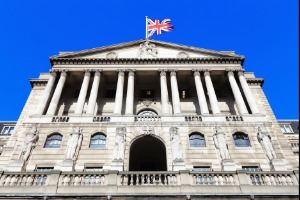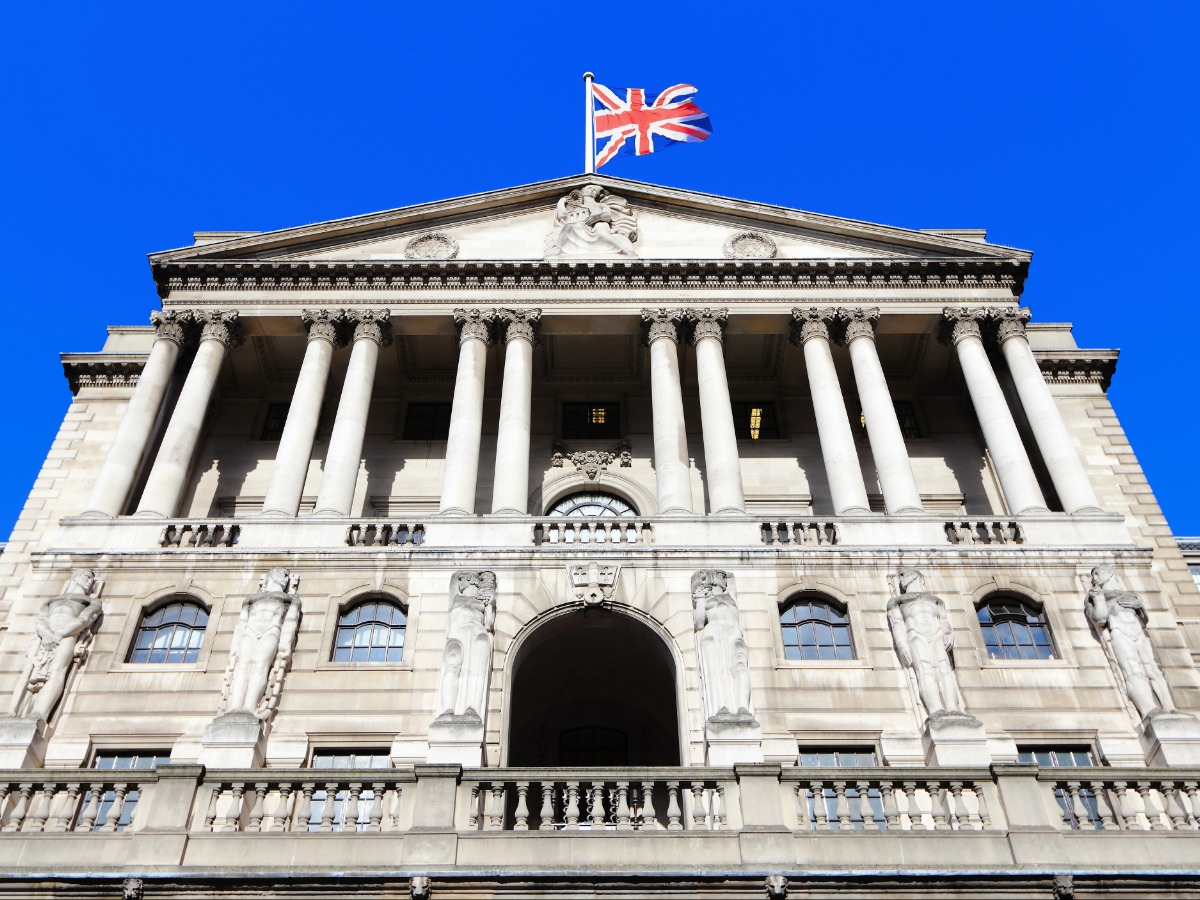

According to economists at BoA, we can expect the Bank of England to deliver one more hike of 25bp in September, followed by a long hold at 5.5% until the first rate cut in February 2025.
The Bank of England’s (BoE) shift towards a “higher-for-longer” stance has led to concerns about the GBP’s near-term position against the USD, while the risk against the EUR appears more balanced than before.
“We had argued, also given Hedge Funds’ long GBP position, that GBP risks were to the downside. We think this remains the case vs. USD in the near term but we now find EURGBP risks more symmetric than two months ago,” says Robert Wood, UK Economist at BofA.
“Going forward, we think a slower and steadier (“high-for-longer”) BoE approach–in line with our economists’ base case—would be a good outcome for GBP by reducing the tail risks of a UK harder landing,” he adds.
This analysis comes in the wake of the BoE’s recent dovish policy shift, which has prompted speculation about the trajectory of the central bank’s future rate decisions.
Wood asserts that the BoE appears to be moving away from more rate hikes and towards a policy of maintaining the current ‘high’ rates for a prolonged period to control inflation.
“The BoE appears to be shifting away from discussing further rate hikes and moving towards a policy of maintaining the current ‘high’ rates for a longer period to curb inflation,” Wood notes.
“The BoE notes that more aggressive data surprises would be required for it to consider further hikes. It also emphasises that its policy will remain restrictive to bring down inflation to target levels,” he clarifies.
Despite the dovish shift, Wood forecasts one more 25 basis point hike to a terminal rate of 5.5% in September, with the first rate cut expected in February 2025.
 However, he underlines that the timing of these policy decisions is uncertain and that the BoE’s recent guidance indicates the possibility of a pause in the near future.
However, he underlines that the timing of these policy decisions is uncertain and that the BoE’s recent guidance indicates the possibility of a pause in the near future.
“We continue to expect one more 25bp Bank Rate hike in September to 5.5% terminal. We expect the first rate cut in February 2025. Today’s guidance and new forecasts from the BoE support our call. The BoE has left open the option of skipping a meeting, however,” the strategist suggests.
Despite an uncertain outlook, the UK economist also notes that the BoE’s risk-adjusted inflation forecasts suggest increased confidence in its future plans.
Wood notes that the “BoE’s risk-adjusted inflation forecasts have changed and that the BoE appears to have increased confidence in its outlook.”
Interestingly, the economist’s analysis also delves into the realm of the UK’s sterling overnight indexed swaps, known as Sonia.
The BoE’s shift towards “higher-for-longer” rates implies a steepening of the front-end Sonia curve, reflecting a shift in market dynamics and sentiment.
“The BoE’s shift towards ‘higher-for-longer’ rates implies a steepening of the front-end Sonia curve,” says Wood.
“Heading into the August MPC we were focused on three themes: a potential BoE steer towards ‘higher-for-longer’ providing another bout of steepening to the front-end Sonia,” he adds.
The UK economist also suggests that the BoE’s approach, if steady and balanced, can potentially provide some support to the GBP, by mitigating the risk of a hard landing for the UK economy.
With hedge funds and real money having a long cable stance but differing views on EUR/GBP, positioning remains in line with these potential risks, according to the economist’s analysis.
“For GBP to be supported, we think the BoE should strike a good balance between bringing inflation down to target within a reasonable timeframe and avoiding over-tightening. The lower UK terminal rate and the softer overall Eurozone data suggest more symmetric risks for GBP vs EUR than two months ago,” Wood asserts.
“With Hedge Funds and Real Money being long cable but taking a different stance on EURGBP according to our analysis, positioning is in line with these risks,” he concludes.





